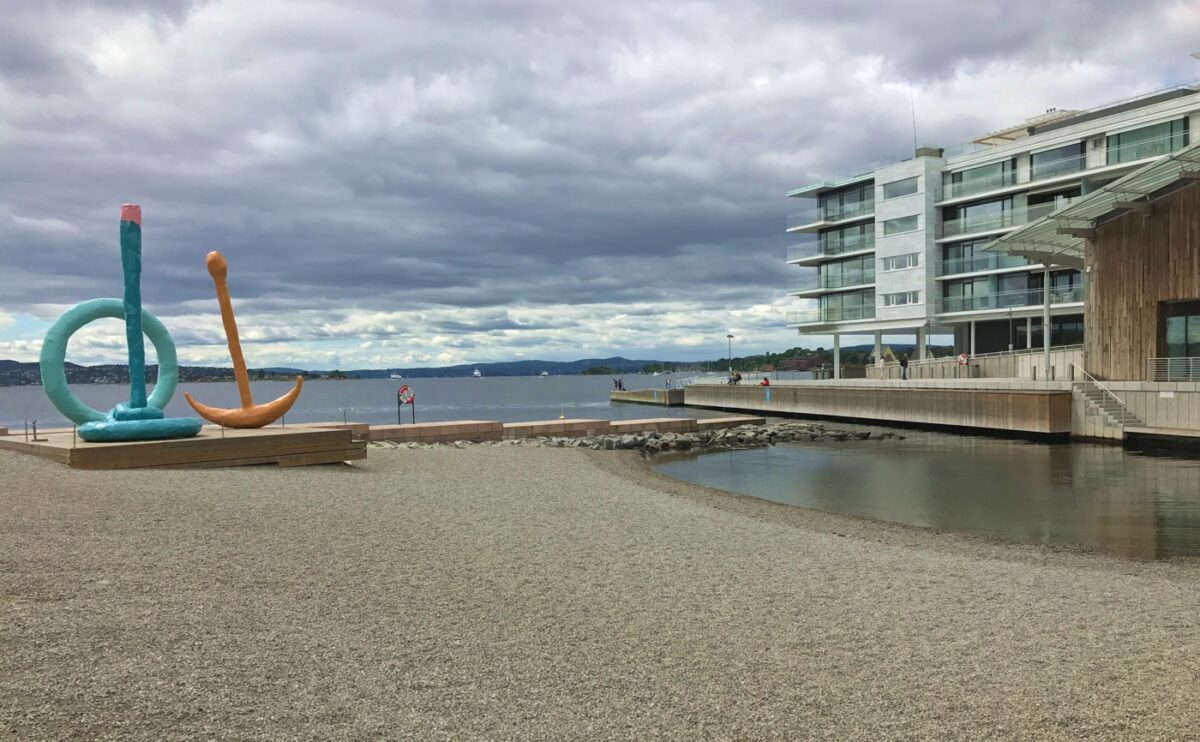
From an ugly embarrassment to a tourist magnet, Oslo's waterfront has undergone an astonishing transformation.
Oslo has grown in the last few years by about 10,000 people per year and has been one of the fastest growing capital cities in Europe.
To cope with this expansion, several new developments are under construction led by a long-term plan to transform the city's waterfront.
The grand plan
20 years ago, Oslo the city was cut off from Oslo the fjord by busy highways and industry. Today, the city has a waterfront to be proud of, with lots more on the way.
It's all thanks to the “Fjord City” masterplan that was adopted in the year 2000, although some of the individual decisions such as the Aker Brygge development were completed before that.
“The strategy includes urban renewal of a string of water- front properties in the heart of the city, in order to create better connections between the City Centre and the fjord, providing unique physical surroundings for living and leisure. The City has started a most adventurous urban renewal project. Most of the transformation areas are, or have been, harbour, main roads or other traffic purposes, some of them are also earlier industrial sites. They will be released for new urban development in the years to come.”
Scandinavian Traveler wrote: “the Norwegian capital is one of the fastest-growing cities in Europe, a fact that has not escaped the attention of planners and property developers, resulting in several new urban districts being built along the seafront and in other locations.”
A new cultural quarter
Located immediately east of Akershus fortress, Bjørvika bay has long been designated as the city's new cultural quarter, but it is only now that things are truly taking shape.
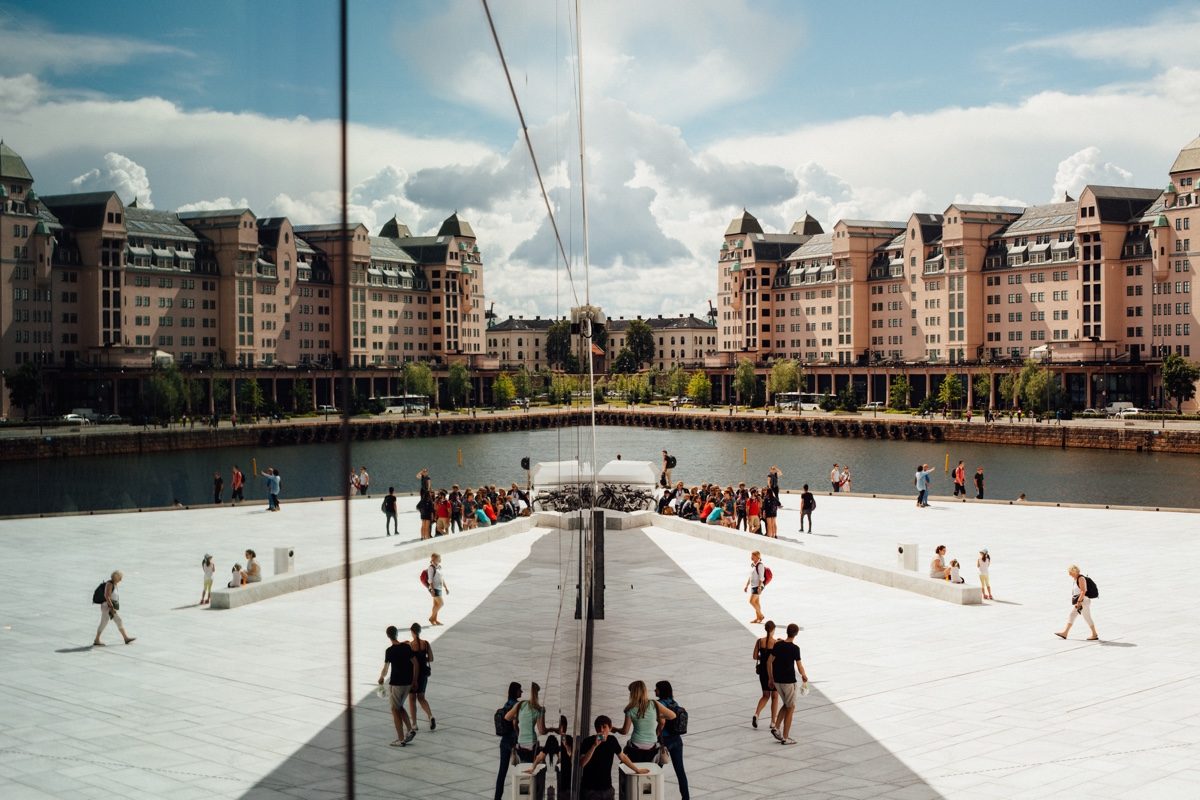
The first step was the now famous Opera House, home of the Norwegian National Opera and Ballet. Designed by highly-regarded Norwegian architects Snøhetta and opened in early 2008, the building's design has won awards and admirers from around the world.
Long announced but only now being constructed, the new Munch Museum and Deichman library are finally taking shape. The Munch Museum relocates from Tøyen and will give more space for the works of Norway's most famous artist to be appreciated.
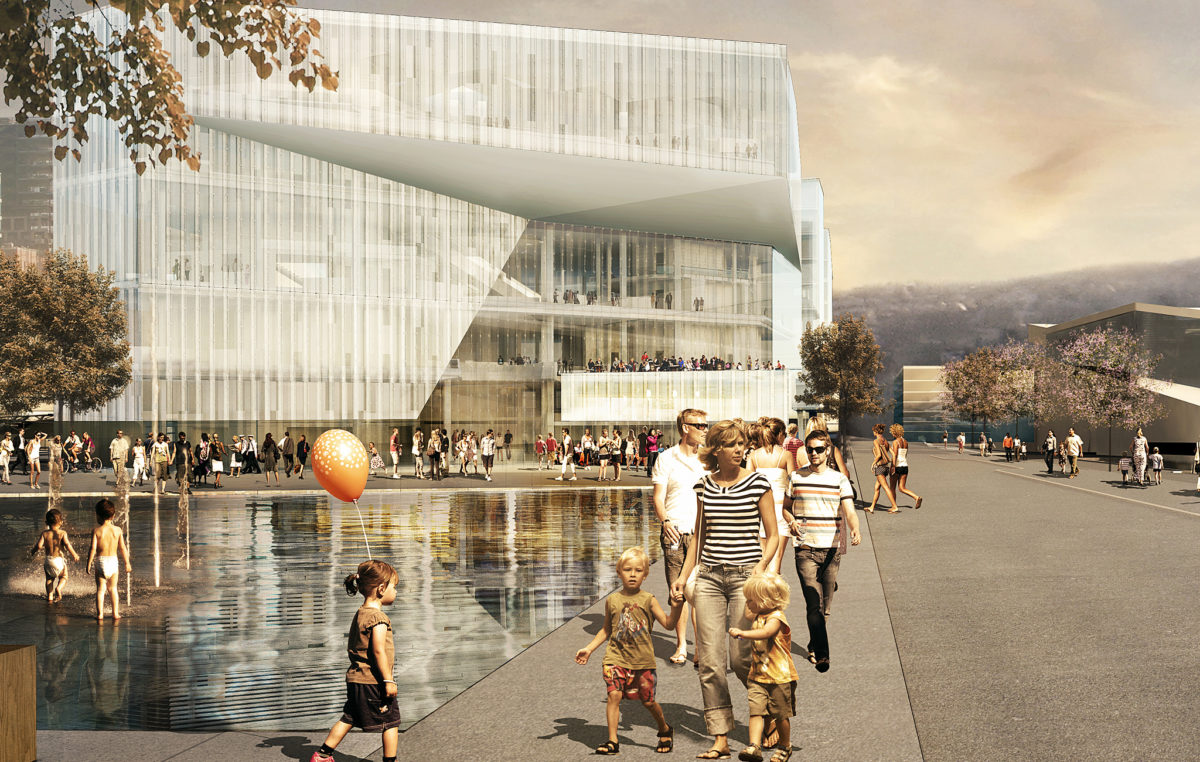
Between the Opera House and Oslo Central Station, the new Deichman library building is immense. Although very much designed as a digital library of the future with cinema, media workshops, gaming zones, lounges and a restaurant, the library will have room for tens of thousands of books. The above image shows an artists impression of the new building.
Sørenga
A former container port is now one of Oslo's smartest and most sought-after residential districts.
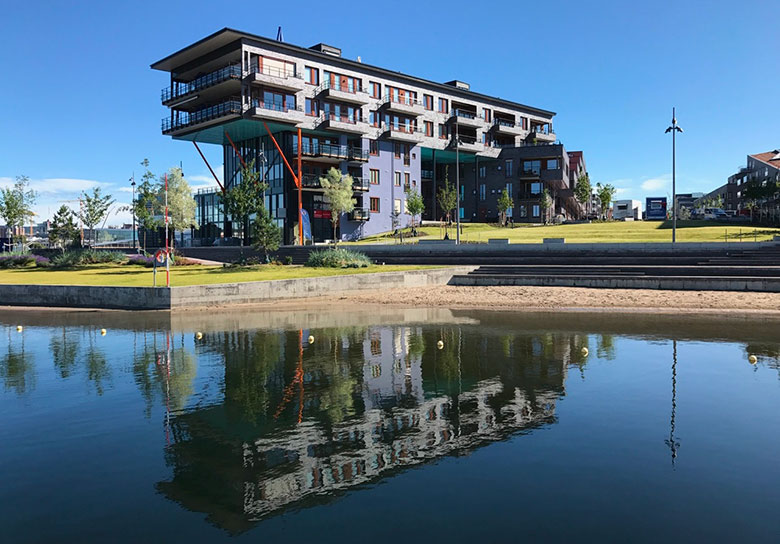
Just a few minutes walk from the Opera House thanks to a pedestrian walkway, Sørenga is a self-contained community featuring modern apartment blocks, a supermarket, kindergarten, bus stop, and a lovely swimming area with lots of space for sunbathing and even a small sandy beach.
British newspaper the Guardian named the area as one of Europe's best seawater swimming spots:
“It is part of a five-acre park, a free public space that offers floating jetties, a beach, diving boards, outdoor showers, separate children’s pool, grassy areas, a 50-metre pool with lanes, and a 200 sq metre seawater pool. There is plenty of room to sunbathe and picnic on the wooden decks, and it’s all free.”
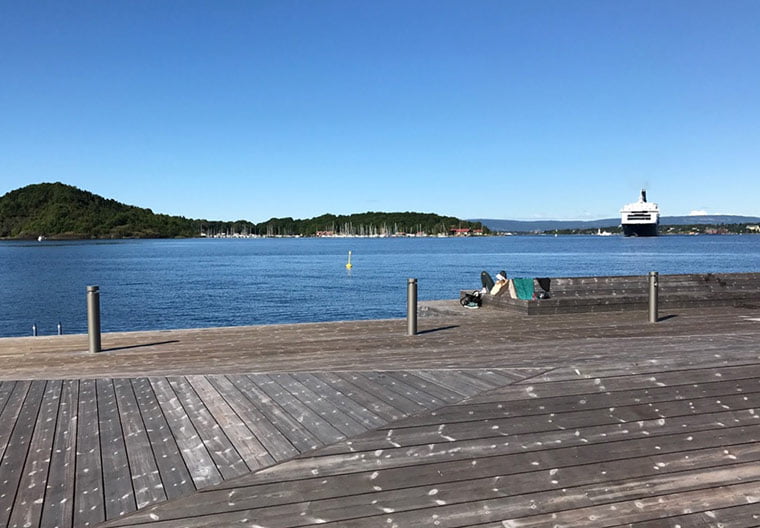
Barcode
The backdrop to all these developments (the Opera House, Munch Museum, Sørenga) is the slender tower blocks of the Barcode project.
The modern architecture divides opinion but has certainly got people talking about the waterfront district. Most of the blocks are home to offices for the likes of Deloitte and Visma, while the ground floor is lined with coffee shops and upscale restaurants.
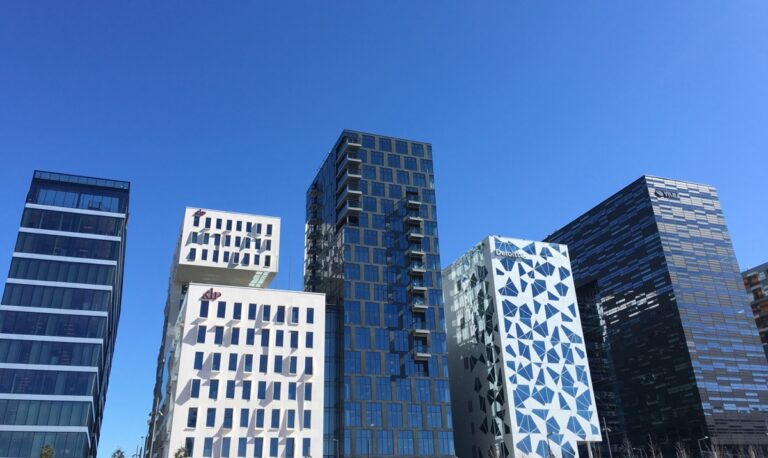
Aker Brygge & Tjuvholmen
Built in phases throughout the 1990s on a former shipyard, the Aker Brygge neighbourhood of apartments, shops, restaurants, bars and a popular boardwalk was the first real step in transforming the city's waterfront, long before the “Fjord City” project came to be.
In the past few years, Tjuvholmen extends the walk further out into the fjord, and is home to well-known design hotel The Thief and the Astrup Fearnley modern art museum and associated sculpture park.
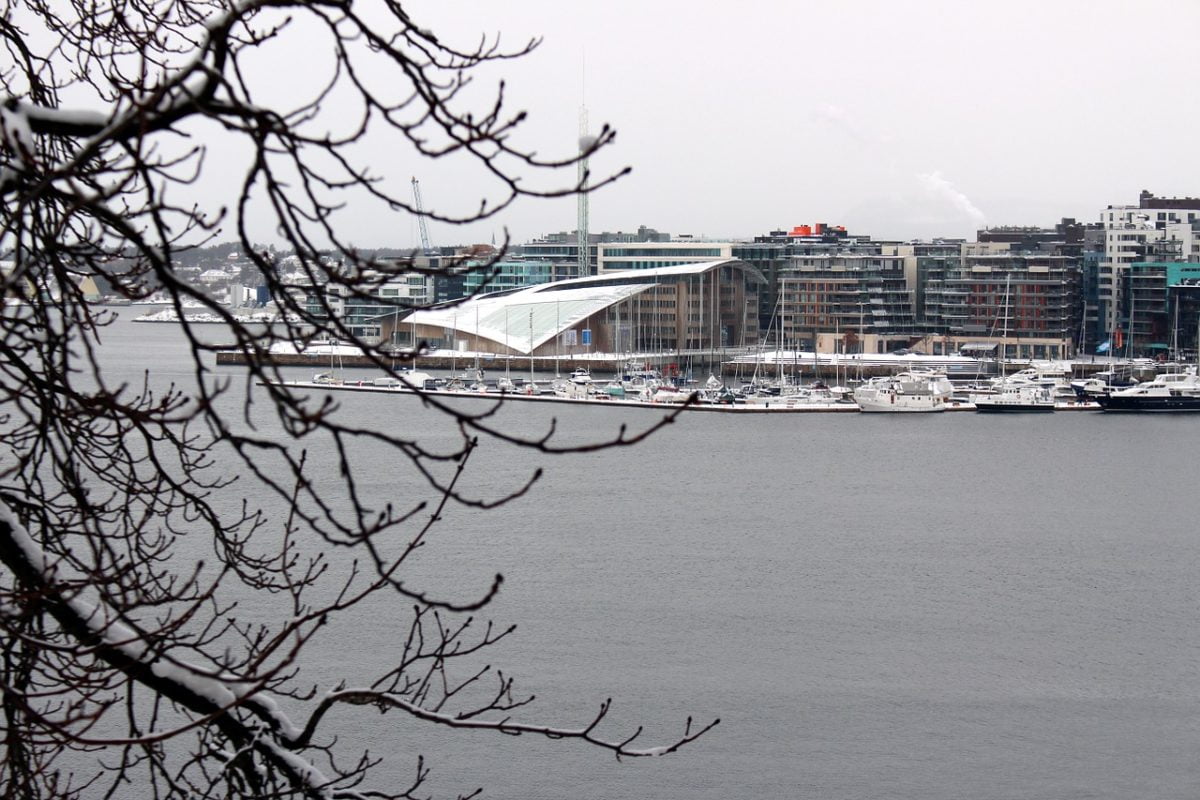
Vippetangen
Vippetangen is the end of the peninsular that sits between the city's two major waterfront redevelopments: Aker Brygge, Tjuvholmen and the City Hall, and the Bjørvika neighbourhood of Barcode, the Opera House and Sørenga.
Although not suitable for redevelopment due to the imposing Akershus fortress, the waterfront is nevertheless recieving some long-overdue improvements to encourage walking and cycling.
Vippa is a new bar and street food market that is fast becoming a popular place to enjoy a drink with some friends in the sun.
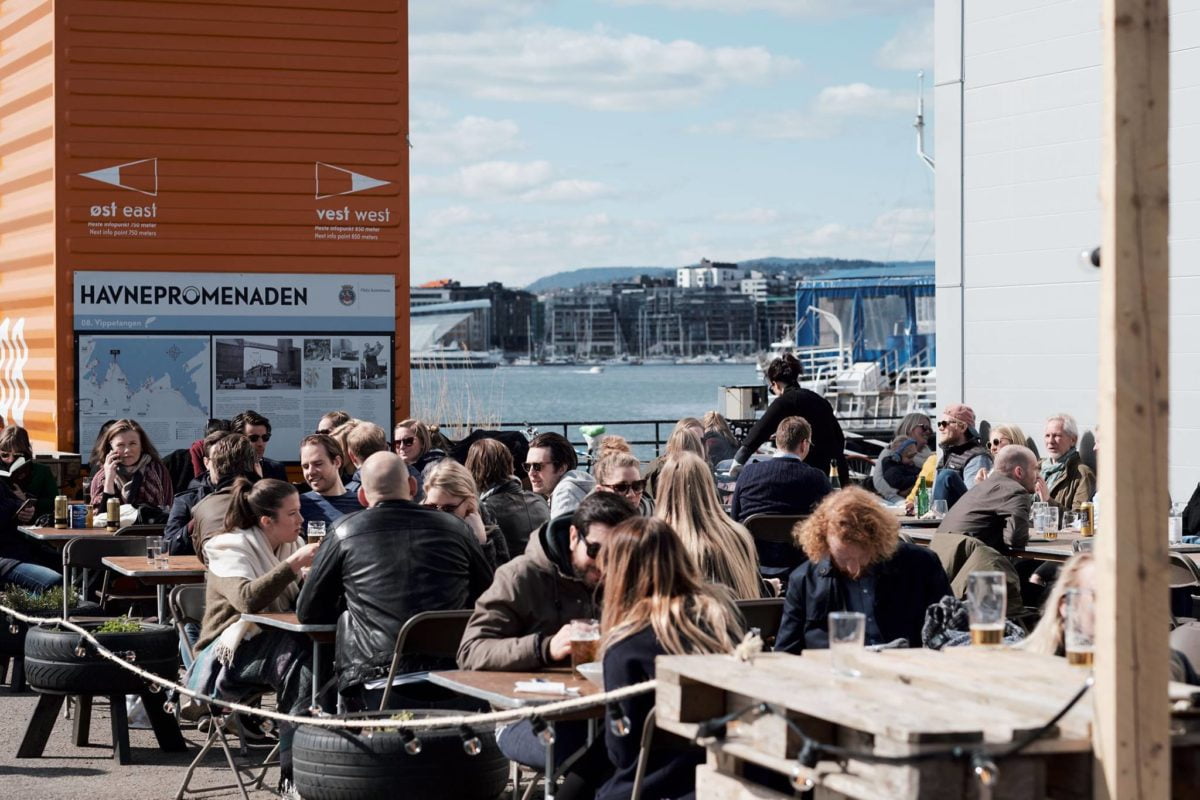
“We want to open up the waterfront areas for recreational, cultural, residential and commercial use, with emphasis on public access, public and private transport and sustainable development” – Waterfront Planning Office
If you're stuck for something to do in Oslo, follow the large orange towers that mark the waterfront promenade and check out some of the new developments. What do you think of the changing look of Norway's capital?
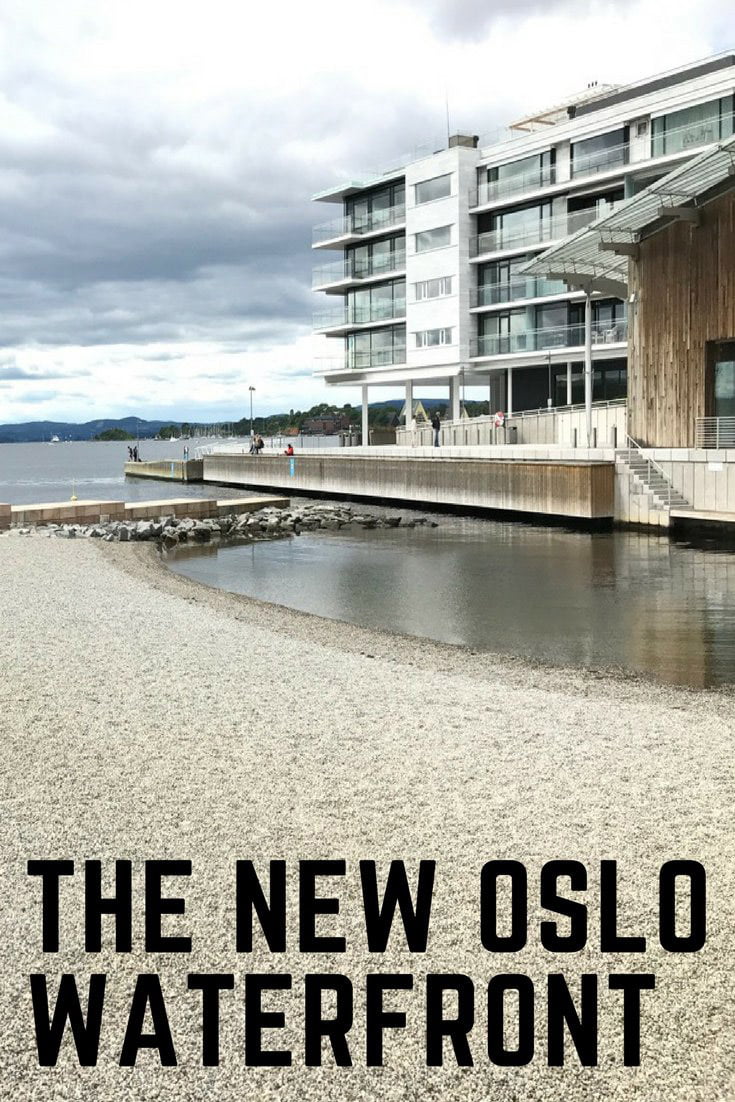

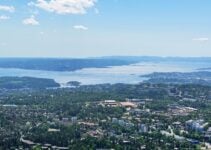

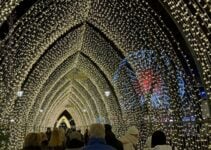

Sørenga looks very attractive, I’d like to see it!